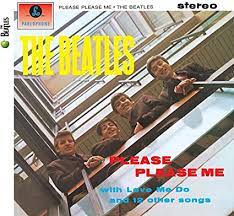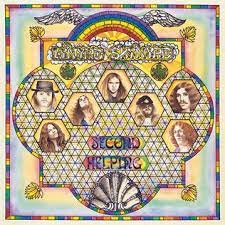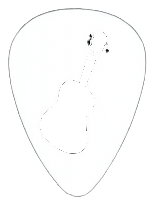More Rolling Stones Guitar Songs – Volume 2
This second volume features even more iconic Rolling Stones tracks, perfect for acoustic players.
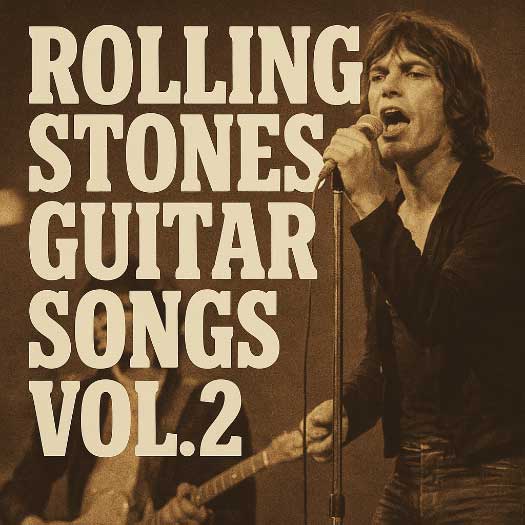
Whether you're drawn to the moody depth of “Paint It Black,” the melodic charm of “Ruby Tuesday,” or the rhythmic groove of “Under My Thumb,” this collection offers a satisfying mix of chord-friendly arrangements and classic rock energy.
Each lesson includes clearly explained chords, rhythm patterns, and full-length video demos to help you capture the sound and spirit of the originals.
🎸 Overview Video - “Watch This Preview of My Rolling Stones Guitar Songs Vol-2”
Rolling Stones Guitar List Vol 2
1. Miss You2. Out Of Control
3. Out Of Time
4. Paint It Black
5. Ruby Tuesday
6. The Last Time
7. Time Is On My Side
8. Under My Thumb
9. You Can't Always Get What You Want
1. Miss You - Learn To Play On Guitar

Miss You was released in 1978 from the Stones album "Some Girls." The song was written by Mick Jagger and features him on lead vocals, with a disco-influenced rhythm section and a prominent harmonica solo by Sugar Blue.
Despite some initial skepticism from fans, the song became a massive hit and reached No. 1 on the US Billboard Hot 100 chart.
"Miss You" remains one of the Rolling Stones' most popular songs and is often included in their live performances. It has also been covered by numerous artists over the years, including Tina Turner and Eric Clapton.
Chords And Strumming
The chords in this one are Am, Dm, F, Em and E with a steady shuffle pattern for rhythm and some riffs in standard tuning.
Guitar Lesson Details - (chords & lyrics sheet incl with lesson)
Back To Song List
2. Out Of Control - Learn To Play On Guitar
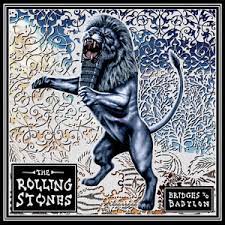
Out Of Control from the Rolling Stones was released in 1998 on their album "Bridges to Babylon." The song was written by Mick Jagger and Keith Richards.
"Out of Control" is a hard-driving rock song with a powerful rhythm section.
It has been performed live by the Rolling Stones numerous times, and a live version was included on their 1998 concert film "Bridges to Babylon Tour '97–98."
The song peaked at #51 in the UK and #12 in Poland.
Chords And Strumming
I play a capo 2nd fret in standard tuning here with down strokes for rhythm. Some lead with the chords Am, F, G, E7 and a C.
Guitar Lesson Details - (chords & lyrics sheet incl with lesson)
Back To Song List
13. Out Of Time - Learn To Play On Guitar
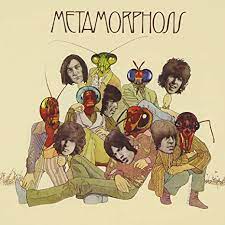
Out Of Time is a song by the Rolling Stones, released in 1975 on their album "Metamorphosis." The song was originally recorded during the sessions for their 1966 album "Aftermath," but it was not included on the album.
"Out of Time" is a mid-tempo ballad with a soulful, R&B-inspired sound. The song was written by Mick Jagger and Keith Richards and features a prominent horn section and backing vocals by the Sweet Inspirations.
The song has been covered by several artists over the years, including Chris Farlowe, who had a hit with his version in the UK in 1966.
Chords And Strumming
Play a down down up down up down up and repeat rhythm pattern in standard tuning. Some lead here with the chords G, D/Gb, C, D and an Em.
Guitar Lesson Details - (chords & lyrics sheet incl with lesson)
Back To Song List
4. Paint It Black - Learn To Play On Guitar

Paint It Black, with one of the most ominous riffs in rock history, reached #1 in both the US and UK in 1966.
It appears on the US version of the album Aftermath. The track is defined by Brian Jones's innovative use of the sitar, marking the first time a #1 hit featured the Indian instrument. The song became inextricably linked to the Vietnam War in pop culture after being used as the opening theme for the TV series Tour of Duty.
Trivia buffs note the original release was titled "Paint It, Black," a typo by the record label that the band detested.
Chords And Strumming
The chords here are Dm, A7, C, F and A7/A# in standard tuning. Some lead with a down up down up down up and repeat rhythm pattern.
Guitar Lesson Details - (chords & lyrics sheet incl with lesson)
Back To Song List
5. Ruby Tuesday - Learn To Play On Guitar

Ruby Tuesday was released as a double A-side single with "Let's Spend the Night Together" in 1967,
The track hit #1 in the US and #3 in the UK. It is featured on the American version of Between the Buttons.
The song represents the softer, baroque side of the band, with Brian Jones playing the recorder rather than a guitar. Keith Richards wrote the lyrics about his girlfriend, Linda Keith, who had left him to date Jimi Hendrix.
The song was later covered by folk singer Melanie in 1970, whose version also became a significant Top 40 hit.
Chords And Strumming
For rhythm play a down down down up down up and repeat rhythm pattern with a capo 1st fret in standard tuning but no lead. For chords play an Am, Am/G, F, G, C, Gsus, D7, G7 and A#.
Guitar Lesson Details - (chords & lyrics sheet incl with lesson)
Back To Song List
6. The Last Time - Learn To Play On Guitar
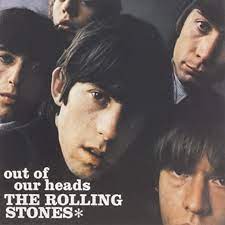
The Last Time was a 1965 single and later included on their album "Out of Our Heads."
"The Last Time" is a classic example of the Rolling Stones' early rock and roll sound. The lyrics describe a man warning his partner that he will not tolerate her infidelity any longer, and the sense of urgency and determination in Jagger's vocals add to the song's power and intensity.
"The Last Time" was a major hit for the Rolling Stones, reaching No. 1 in the UK and No. 9 in the US. It has since become one of the band's most beloved and enduring songs, and has been covered by numerous artists over the years.
Chords And Strumming
The three chords here are E, D and A in standard tuning with some lead. Play a root down root up down up rhythm pattern with some riffs.
Guitar Lesson Details - (chords & lyrics sheet incl with lesson)
Back To Song List
7. Time Is On My Side - Learn To Play On Guitar

Time Is On My Side was originally recorded by the jazz trombonist Kai Winding in 1963 and later covered by the Stones in 1964 for their album "12 x 5." The song was written by Jerry Ragovoy, under the pseudonym of Norman Meade.
"Time Is on My Side" was a moderate hit for the Rolling
Stones, reaching No. 6 on the US Billboard Hot 100 chart. This single did not chart in the UK market.
The song has been covered by numerous artists over the years, including Irma Thomas, the Moody Blues, and the Who.
Chords And Strumming
A down down down up down up down and repeat rhythm pattern will work here with a capo 3rd fret in standard tuning. Some lead with the chords G, Bm, E, A and D.
Guitar Lesson Details - (chords & lyrics sheet incl with lesson)
Back To Song List
8. Under My Thumb - Learn To Play On Guitar
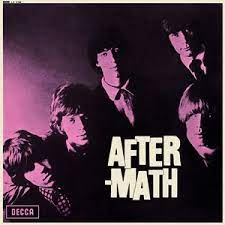
Under My Thumb was created by the Rolling Stones way back in 1966 when it was part of their album called "Aftermath."
Even though it wasn't released as a single in the UK or US, it's still one of the most loved songs by the Rolling Stones. It has a long history of being performed live and is very important culturally.
Mick Jagger and Keith Richards, who started the Rolling Stones and wrote most of their songs, wrote this song together.
Chords And Strumming
Some lead here with the chords Gbm, E, D, A and B7 in standard tuning. I play a down down up down up down up and repeat rhythm pattern for this number.
Guitar Lesson Details - (chords & lyrics sheet incl with lesson)
Back To Song List
9. You Can't Always Get What You Want - Learn To Play On Guitar
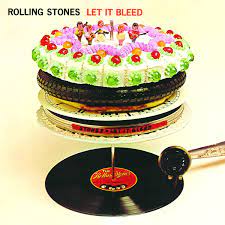
You Can't Always Get What You Want closed out the classic 1969 album Let It Bleed,
This number is an ambitious anthem that famously begins with the voices of the London Bach Choir. Although it was originally released as the B-side to "Honky Tonk Women" and only peaked at #42 in the US, it has become one of their most enduring songs.
A key piece of trivia is that drummer Charlie Watts does not play on this recording; the producer, Jimmy Miller, played the drums because Watts struggled with the unique groove.
Al Kooper provides the distinctive French horn intro.
Chords And Strumming
The three chords here are G, C and A7 in standard tuning. Play a root down up root down and repeat rhythm pattern and some lead required.
Guitar Lesson Details - (chords & lyrics sheet incl with lesson)
Back To Song List
From the bluesy groove of “Miss You” to the emotional depth of “You Can’t Always Get What You Want,” this volume highlights the Stones’ versatility across decades of music.
Whether you’re strumming the melodic “Ruby Tuesday” or tackling the driving rhythm of “Under My Thumb,” each tutorial is crafted to make your learning experience smooth and enjoyable.
If you’re ready to expand your acoustic repertoire with some of the most beloved songs in rock history, this volume has everything you need.
If you liked this Rolling Stones guitar songs Vol 2 page you might also like ... (click images)
Popular Songs From The 60s
